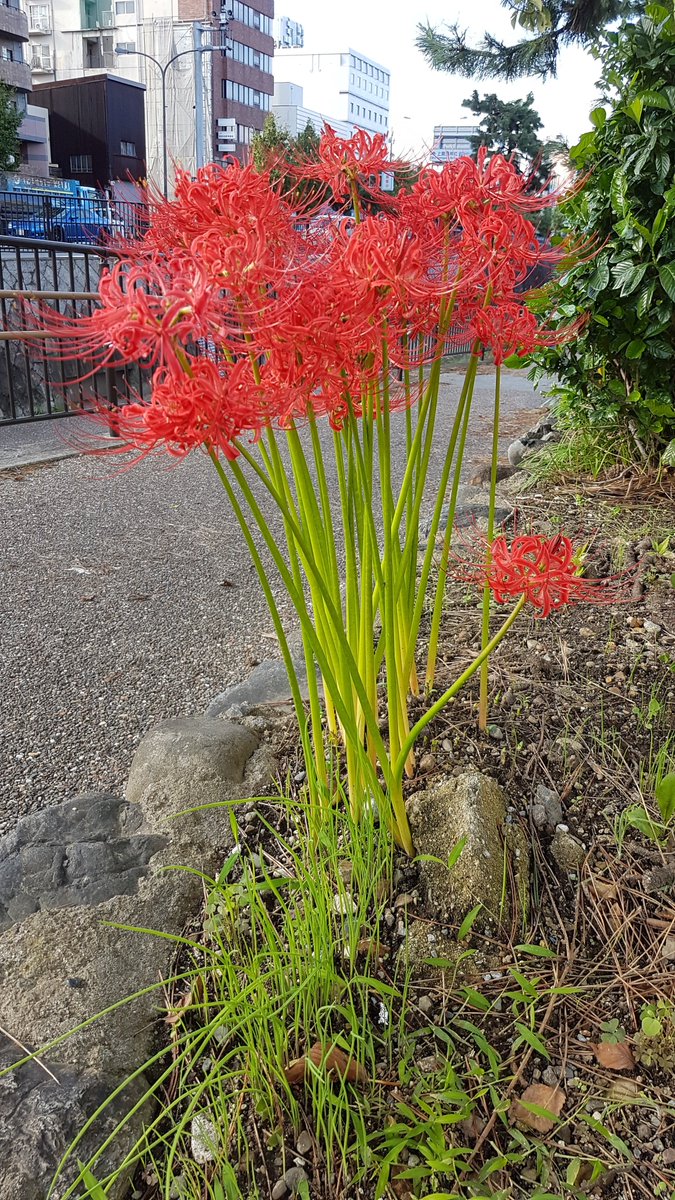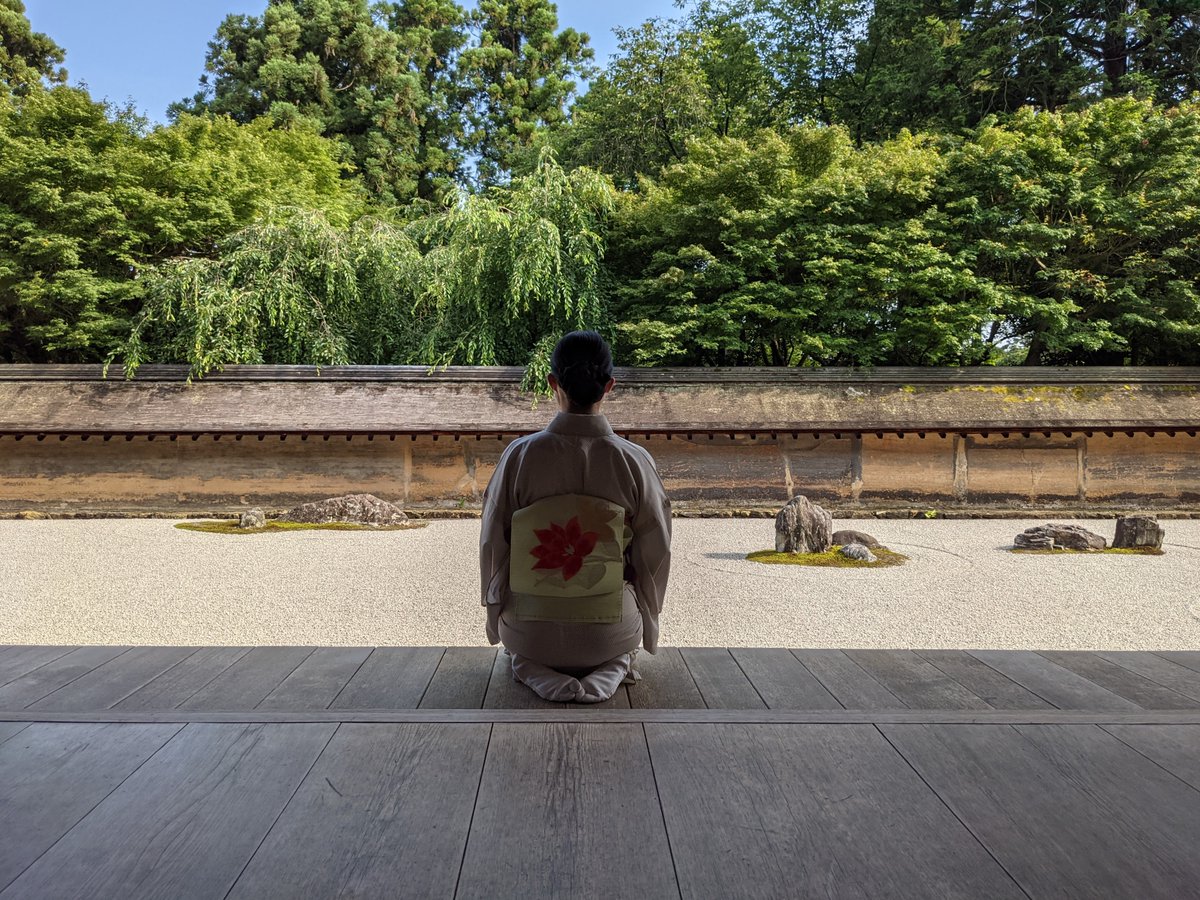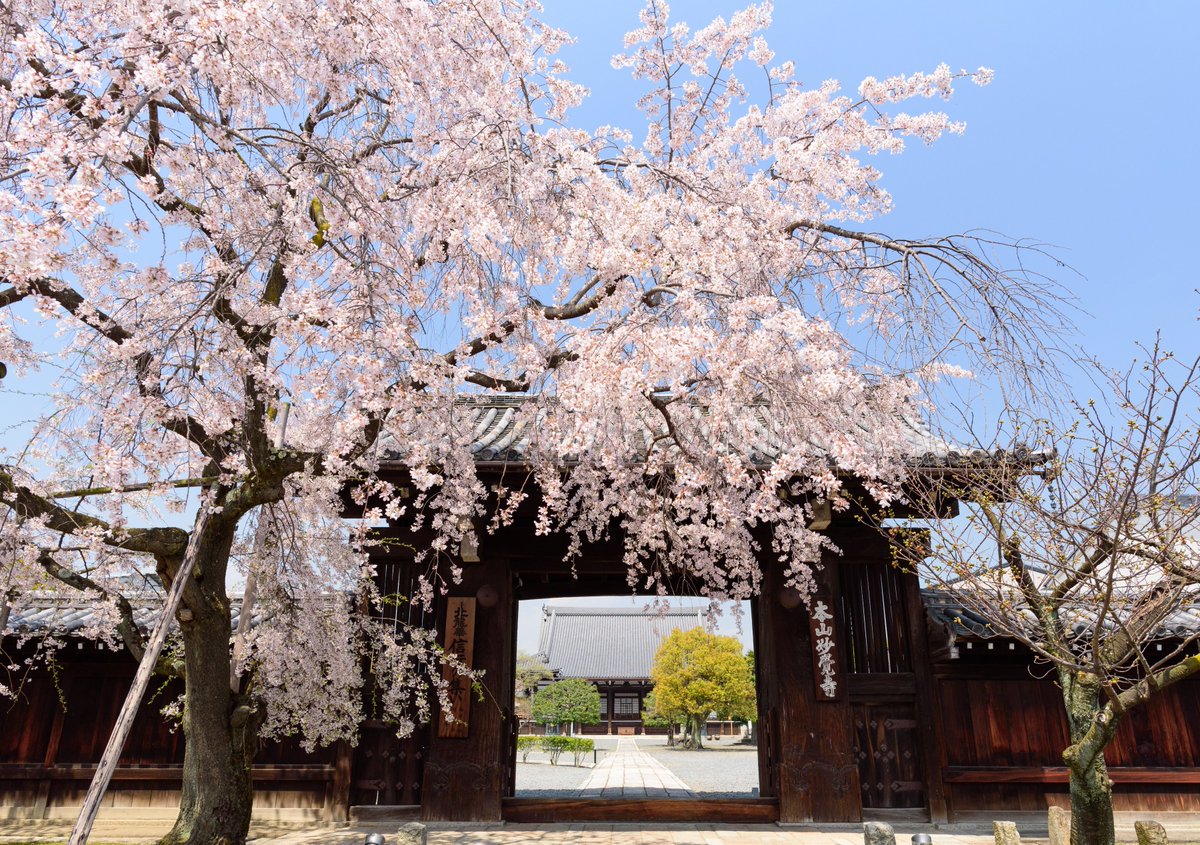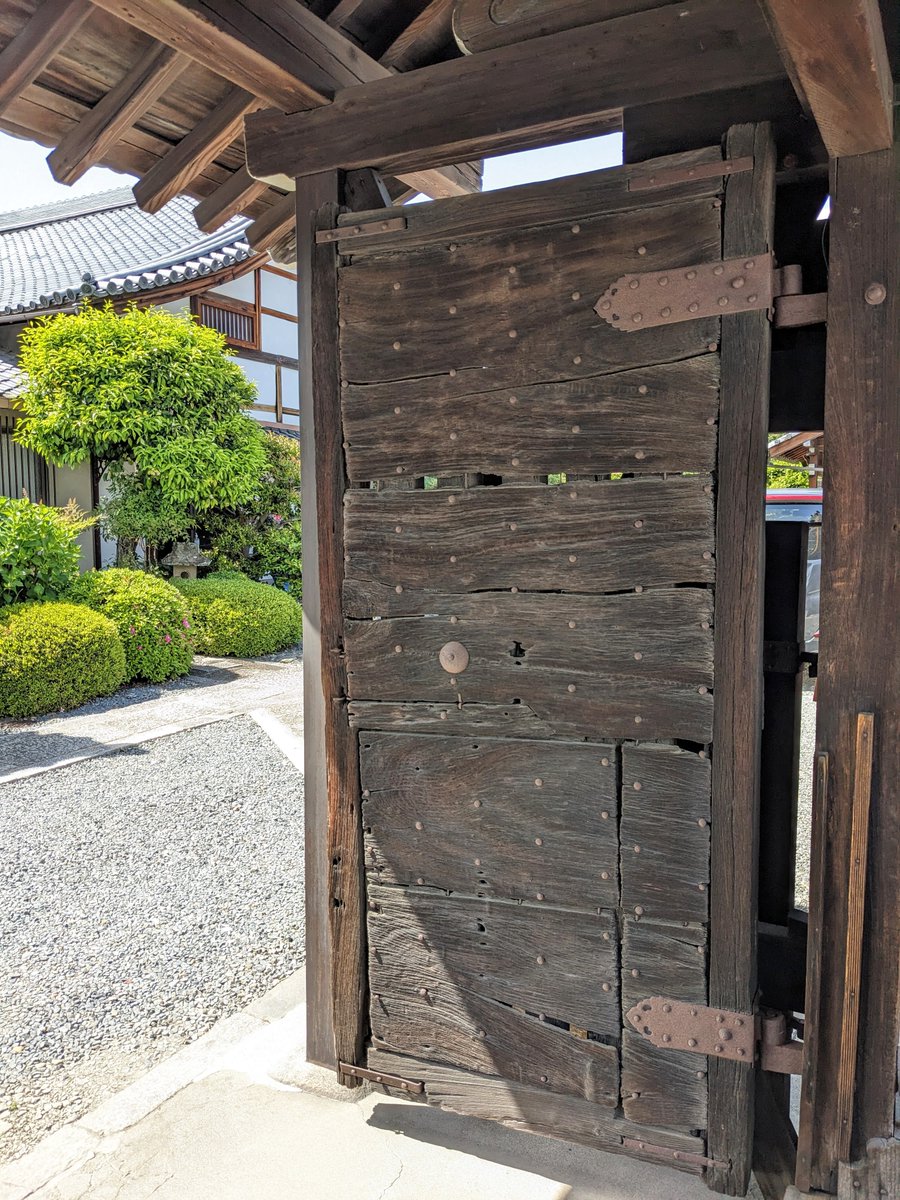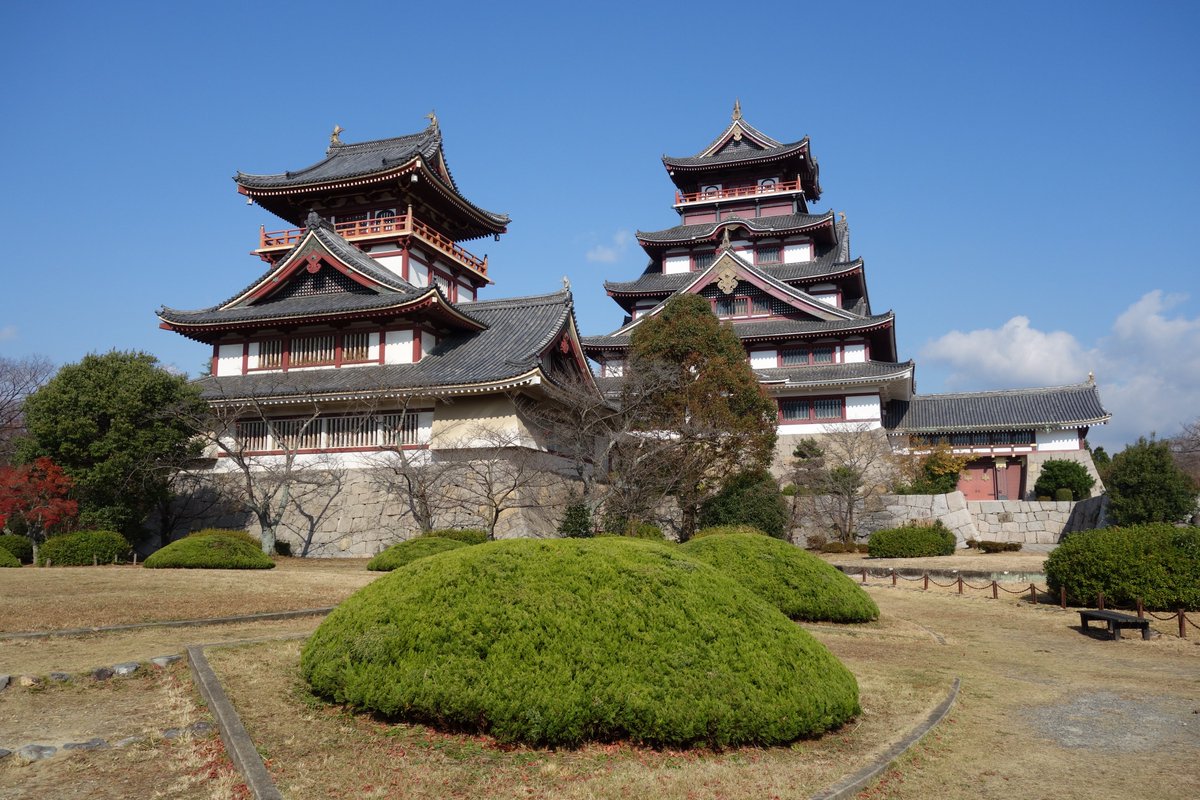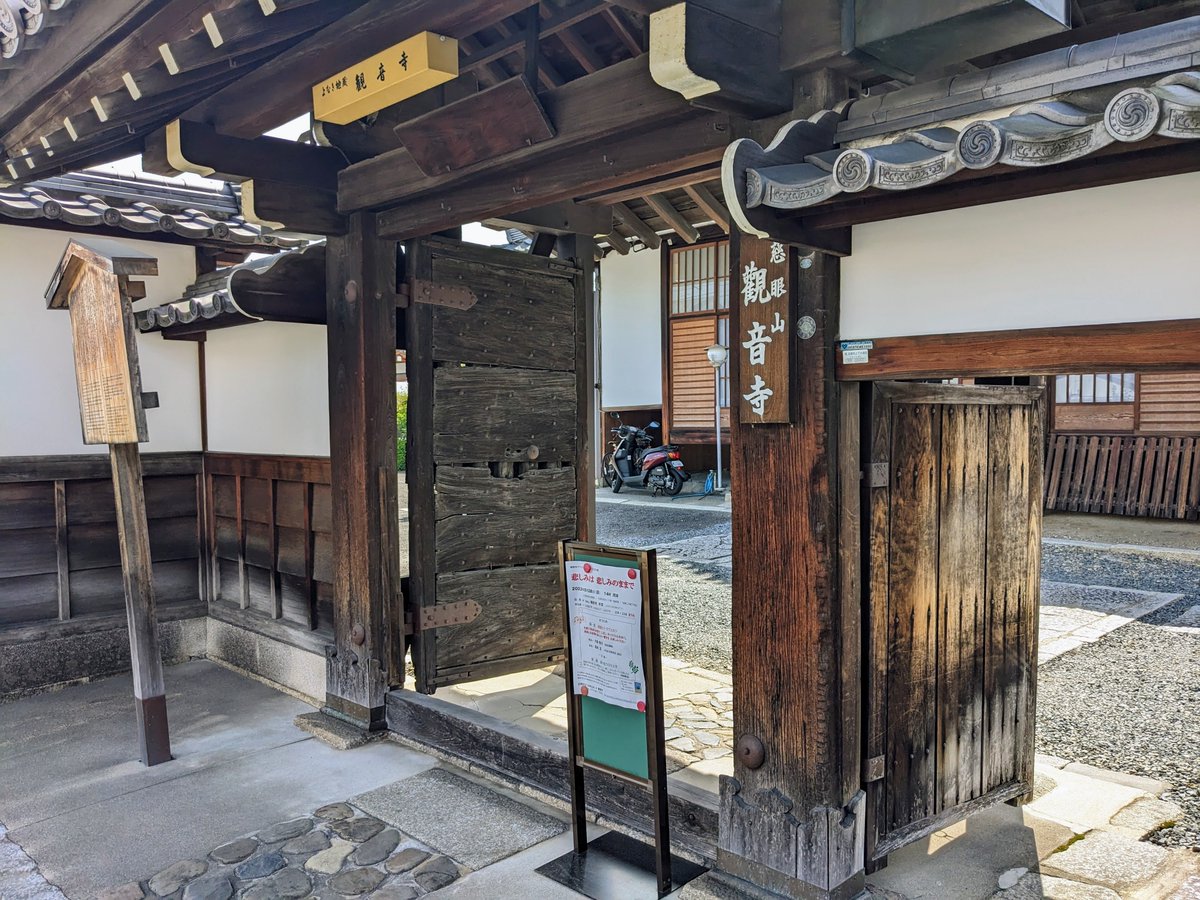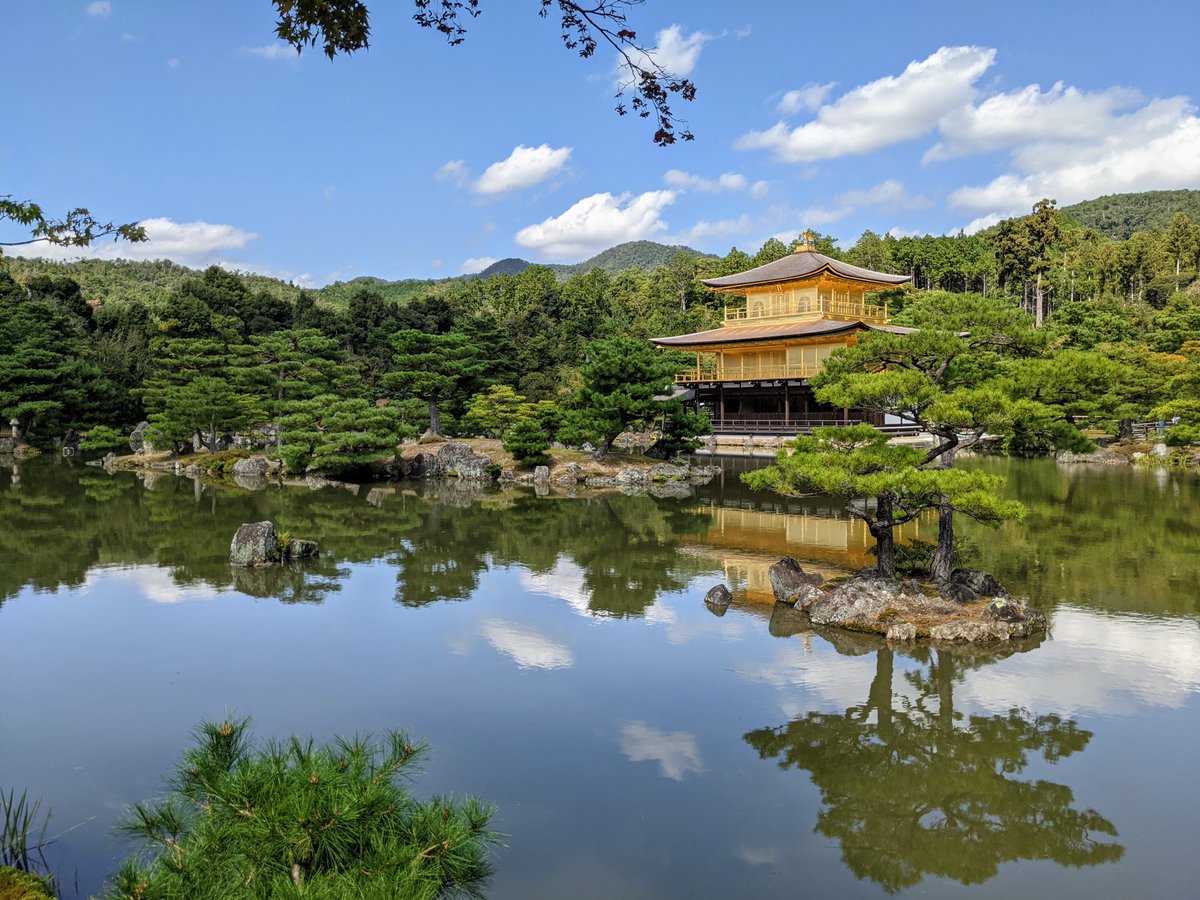🌤️🌸SPRING EQUINOX🐣🐇
Happy 'Shunbun-no-hi' (春分の日)🥳🌞
a straight line
all the way to Kyōto...
umbrella-hatted blossom viewers
京迄は一筋道ぞ花見笠
-Issa (小林一茶), 1822.
Transl. David G. Lanoue.
'Vernal Equinox Day' has been a national holiday since 1948.
#Kyoto #Japan



Happy 'Shunbun-no-hi' (春分の日)🥳🌞
a straight line
all the way to Kyōto...
umbrella-hatted blossom viewers
京迄は一筋道ぞ花見笠
-Issa (小林一茶), 1822.
Transl. David G. Lanoue.
'Vernal Equinox Day' has been a national holiday since 1948.
#Kyoto #Japan


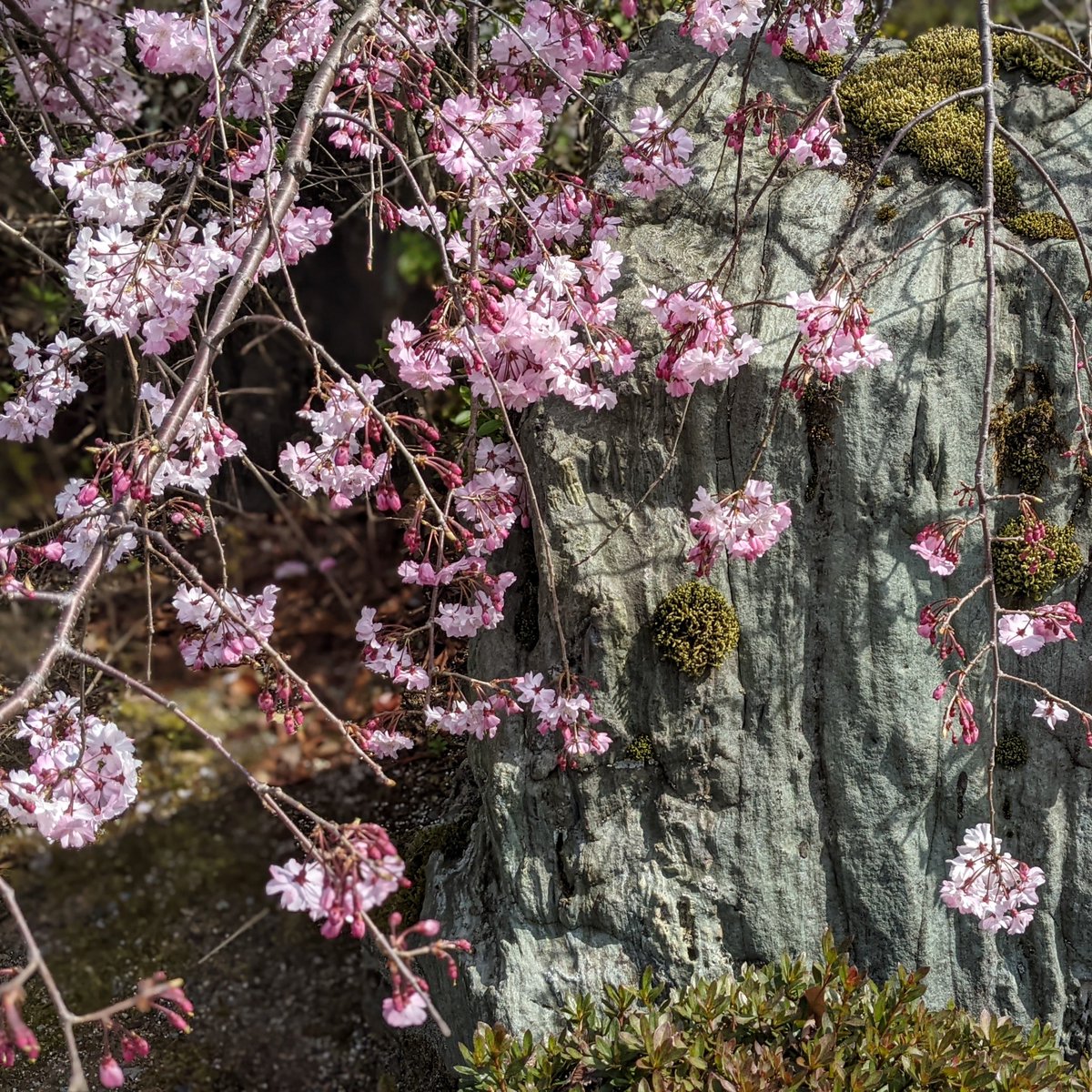

Originally the spring equinox was taken up by a Shintō festival called 'Shunki kōrei-sai' (春季皇霊祭), created in 1878 and centered around imperial ancestor worship. In 1948 this was repackaged as a day for admiring nature and all living things.
#Kyoto #Japan #Nara #sakura #桜



#Kyoto #Japan #Nara #sakura #桜




In the past 'Higan-no-Nakaba' (彼岸の半ば 'Middle of the Equinoctial Week') was a time for visiting graves to honour ancestors. It was also a time for spring cleaning and for making important changes (such as beginning a new hobby or finishing an important project).
#Kyoto #Japan



#Kyoto #Japan




'Heat and Cold last until Higan'
暑さ寒さも彼岸まで
Simply put 'shunbun' (春分) means 'spring division', indicating that hours of light and dark are balanced. As the (above) saying goes, the cold grip of winter should now fade to a slight chill.
#春分の日 #springequinox #Kyoto
暑さ寒さも彼岸まで
Simply put 'shunbun' (春分) means 'spring division', indicating that hours of light and dark are balanced. As the (above) saying goes, the cold grip of winter should now fade to a slight chill.
#春分の日 #springequinox #Kyoto
As it was a warm day Nao-san's grandmother suggested eating the first Kuzukiri (くずきり) of the year, and Kagizen Yoshifusa (鍵善良房) happens to be particularly well-known for their Kuzukiri.
➡️kagizen.co.jp
#春分の日 #springequinox #Kyoto #京都 #kuzukiri #くずきり
➡️kagizen.co.jp
#春分の日 #springequinox #Kyoto #京都 #kuzukiri #くずきり
Originating in Kyōto, 'kuzukiri' (くずきり) is a dish of noodles made from starch-rich kudzu root. Enjoyed in the hot summer months, kuzukiri is typically served cold with a brown-sugar syrup.
Kudzu has long been considered to have medicinal properties, helping with circulation.



Kudzu has long been considered to have medicinal properties, helping with circulation.




After an absence of 2 years the Miyako Odori (都をどり), the most well-known of the hanamachi spring dances, will return on April 1st (until April 24th).
In anticipation Kagizen Yoshifusa (鍵善良房) have an adorable window display🥰
#鍵善良房 #Kyoto #京都 #MiyakoOdori #都をどり



In anticipation Kagizen Yoshifusa (鍵善良房) have an adorable window display🥰
#鍵善良房 #Kyoto #京都 #MiyakoOdori #都をどり




In Buddhism the equinox is known as 'Higan' (彼岸). Higan translates as 'Other Shore', a reference to the far shore of the 'Sanzu-no-kawa' (三途の川 'River of the 3 Crossings'). Similar to the River Styx in Greek Mythology, the dead would cross the river to reach the afterlife. 







Complementing Higan (彼岸) is 'Shigan' (此岸), meaning the 'Near Shore'. Higan is the Pure Land (the World of Buddha), whereas Shigan is our world (the World of the Living). At equinox day and night are of equal length, and thus the world is in perfect balance.
#Higan #Kyoto
#Higan #Kyoto
Oimatsu's (老松) wispy 'nanohana' (菜の花) celebrate the rapeseed blossoms now brightening fields and riverbanks across the country.
Here's a thread all about these cheerful flowers (bane of hay fever suffers everywhere)🧵⬇️
#Japan #菜の花 #rapeseed



Here's a thread all about these cheerful flowers (bane of hay fever suffers everywhere)🧵⬇️
https://twitter.com/camelliakyoto/status/1504612369246277633?s=20&t=J4ZBA4RoT5kUbC9Qaq-USA
#Japan #菜の花 #rapeseed




Week-long services called Higan-e (彼岸会) are held at temples. It's usual for people first to listen to sermons and then visit family graves.
Whereas 'Spring Higan' (春彼岸) typically shows gratitude for all living things, 'Autumn Higan' (秋彼岸) gives thanks to the dead.
#京都



Whereas 'Spring Higan' (春彼岸) typically shows gratitude for all living things, 'Autumn Higan' (秋彼岸) gives thanks to the dead.
#京都




Something a little different for teatime...matcha-flavored castella (カステラ) from @6chikiriya1910😋
Chikiri-ya (六角ちきりや茶舗) provides the matcha for all our tea ceremonies, monthly subscriptions and our online store🌿🍵🍰🙌
#matcha #抹茶 #カステラ #castella #Japan



Chikiri-ya (六角ちきりや茶舗) provides the matcha for all our tea ceremonies, monthly subscriptions and our online store🌿🍵🍰🙌
#matcha #抹茶 #カステラ #castella #Japan




It's thought that Higan (彼岸) began in the reign of Emperor Shōmu (聖武天皇 701-56). As the main work of harvesting crops drew to a close, people had more time to themselves. Buddhist sects encouraged self-reflection & held sermons to help people reconnect with Buddha.
#Kyoto



#Kyoto




• • •
Missing some Tweet in this thread? You can try to
force a refresh



